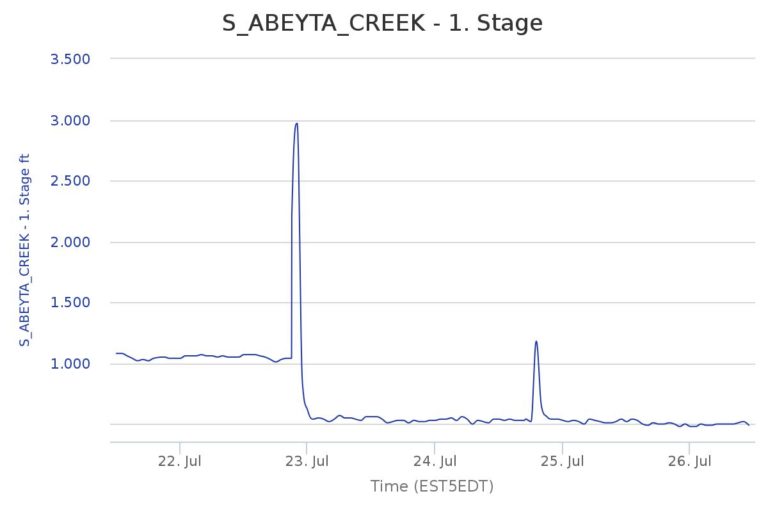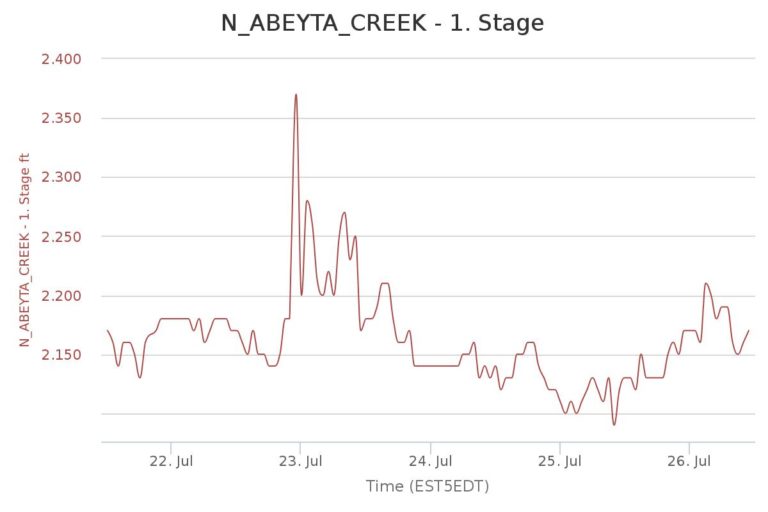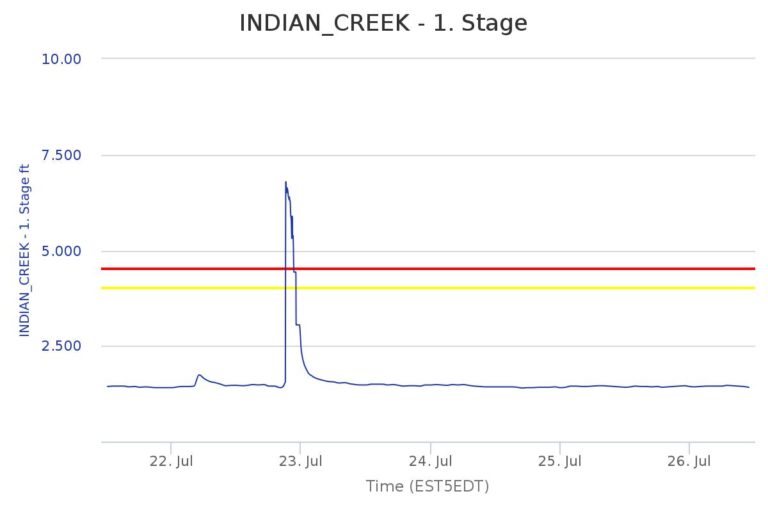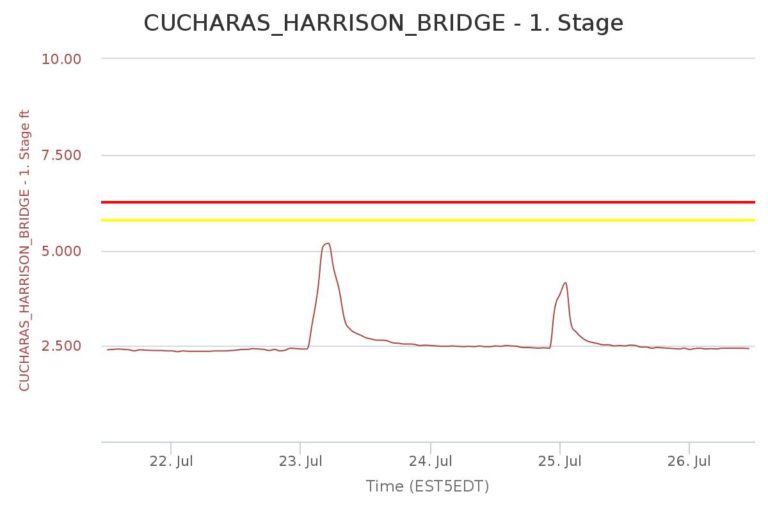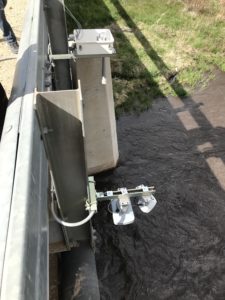 Challenge
Challenge
After a wildfire in the nearby mountains increased the likelihood of water run-off into the town of La Veta, it became necessary to know when a flood event was approaching to give citizens enough time to evacuate.
Solution
Seven stations, each equipped with SUTRON and OTT technology, were set up within a 13-mile radius of La Veta to measure precipitation, water level, and water surface velocity.
Benefits
With data from these stations compiled into a watershed data matrix, the town is able to see when water from multiple areas is rising to a dangerous level in order to alert citizens.
Collecting Flood Risk Data
In 2018, the Spring Creek wildfire spread across 108,045 acres of a mountain pass in Southern Colorado and became infamous as the third largest wildfire in Colorado history. Approximately 65,000 acres of the burned area became scarred and hydrophobic (which is when soil becomes nearly calcified and rejects water or snow).
The town of La Veta was merely five miles downstream from this newly hydrophobic land, and Mayor Doug Brgoch quickly realized that this would have significant consequences. The terrain would allow water to flow down and easily build force and speed, or even form walls of water. This meant that the likelihood of water run-off would be intensified, and more run-off meant the flood risk would vastly increase. The town had previously been calculated to have a likely major flood event every 100 years on average, and just weeks after the fire the area was recalculated to have a likely major flood event every 2 years on average.
Given the flood risk, it became crucial to know when flood events were approaching to give the citizens of La Veta enough time to safely evacuate. It was critical for this community to have real-time warnings for when rising water levels were moving its way.
Mayor Brgoch calculated that with their current system, town citizens would have 32-45 minutes to evacuate. But based on prior experience he knew it took about two hours to encourage people into action.
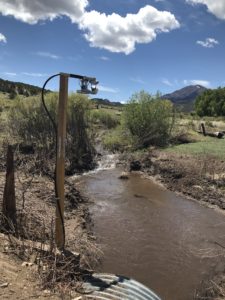 Since summer was fast approaching, which is the season that typically encounters intense monsoons in Southern Colorado, the Mayor acted quickly. He pulled in the Colorado Division of Water Resources, which had experience setting up surface water monitoring field stations in Colorado, to help with the set-up and assume maintenance responsibilities for the following five years before turning the project back to the town of La Veta.
Since summer was fast approaching, which is the season that typically encounters intense monsoons in Southern Colorado, the Mayor acted quickly. He pulled in the Colorado Division of Water Resources, which had experience setting up surface water monitoring field stations in Colorado, to help with the set-up and assume maintenance responsibilities for the following five years before turning the project back to the town of La Veta.
The Division of Water Resources has been responsible for water administration rights for Colorado for over 100 years. Their Chief of Hydrographic Services, Matt Hardesty, currently helps oversee over 600 surface water monitoring sites including stream gages and reservoirs, with the goal of understanding the current water supply and how to allocate it for purposes like crop irrigation.
Mayor Brgoch and Hardesty teamed up with Huerfano County Water Conservancy District board member Michael White to help conceptualize and design the system of gages for when tributary streams reached flood state. Their main goal was to buy extra time to warn their citizens, as well as understand what proper water level thresholds should be used to trigger alarms. Financing for the project was administered by the Huerfano County Water Conservancy District and came from the District, the Colorado Division of Water Resources, Colorado Department of Homeland Security and Emergency Management, Huerfano County, and the Colorado Water Conservation Board.
With a defined plan, the team engaged SUTRON, which the Colorado Division of Water Resources was familiar with due to a positive working relationship with SUTRON beginning in 1985. SUTRON joined the OTT HydroMet organization in 2015.
Through OTT HydroMet Territory Manager John Humphreys, the team learned of flood warning packages available that included OTT and SUTRON products. The group began to pinpoint suitable site locations for the future stations, and then ordered the stations with the technology they would need. With streamlined help from OTT HydroMet, the team received their pre-wired and pre-mounted panels in 30 days and simply had to install and briefly fine-tune each of the seven enclosures in its designated location.
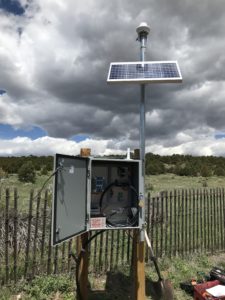 Each SUTRON NEMA enclosure contains the following:
Each SUTRON NEMA enclosure contains the following:
• 1 OTT Radar Level Sensor (RLS)
• 1 OTT Surface Velocity Radar (SVR) 100
• 1 Lufft WS100 Radar Precipitation Sensor/Smart Disdrometer
• 1 SUTRON XLink 500 Data Transmitter
• 1 Solar Panel
Station Locations and Surrounding Hydrological Features:
Each station measures precipitation, water level, and water surface velocity. Given how intense incoming monsoons can be, it’s important to know if a significant amount of water is approaching, how high it is, and how fast it is moving downstream. The precipitation sensors have been very valuable to the National Weather Service to verify actual precipitation during or after the issuance of precipitation and flooding watches and warnings.
The team compiles data from six of the seven stations into a matrix (with one being too far Northwest to include in the La Veta area), to understand how water from each area in the 13 miles they span across will affect the others during rain events. Four of these locations give a look into the burn scar above La Veta, while others surround nearby municipalities. Together, these stations provide a complete picture of the local area – for example, one station with surpassed thresholds may not be cause for alarm, but three or more could signal a serious flood approaching. The matrix allows human oversight to double check the data they see and allows the stations to work together.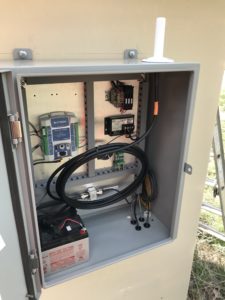
One concern the team originally had was how to transmit the data quickly enough for it to be actionable. Existing surface water systems through the Division of Water Resources use GOES Satellite to transmit data, which gives hourly updates of data collected in 15-minute intervals. After the team discussed the flood network with Humphreys, they decided on Iridium® satellite transmissions as their telemetry option which would give updated data every 3 minutes if levels exceed their threshold and are in alarm state. Iridium is especially helpful given that the remote region has little cell coverage. Iridium two-way transmission capabilities also allow remote adjustment of warning thresholds as the needs of emergency managers are better understood.
Each station is connected to the data management software Hydromet Cloud, which Hardesty appreciates as a “turnkey system with a public interface” so the general public can view station levels in real-time without a log-in. It also allows the team to configure alarms based on customized thresholds and use two-way communication to remotely change these settings online. The mobile app allows the team to review data quickly and make adjustments on the go.
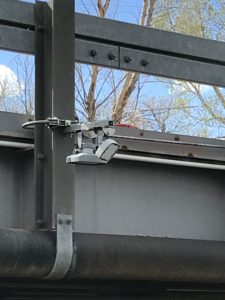 “The goal of this system is to provide timely information to emergency managers without placing them in harm’s way to make visual observations. It’s like having eyes in the field.”
“The goal of this system is to provide timely information to emergency managers without placing them in harm’s way to make visual observations. It’s like having eyes in the field.”
– Matt Hardesty, Colorado Division of Water Resources
The OTT RLS and OTT SVR 100 fixed to a bridge over flowing water.
During installation, the team was very pleased with John Humphreys’ assistance including on-site support to help troubleshoot the system, especially for sensor types that were new to them. The group valued the input, reliability, and consistency that OTT HydroMet provided, and the capability and customization in the technology.
Luckily, the summer of 2019 was a mild monsoon season. Since the system’s installation, a full evacuation has not been needed.As Mayor Brgoch’s team learns more about their stations, they aim to continue improving a system that is still in its early stages. With more data coming in, they are getting a better understanding of how much rain the town can handle before it becomes an emergency state. They are constantly adjusting alarm threshold levels as rain events occur, to ensure each of their stations are finely tuned given their unique placements. Given La Veta’s smaller size, it’s all the more important for their core team not to have to manually check field sites on a regular basis. Remote data transmission helps them make the most of every minute and get staff into the field when it is most crucial, to fulfill their goal of keeping Colorado residents safe.
Data Collected by Several Stations During a Storm in July, 2019:
Technologies Used
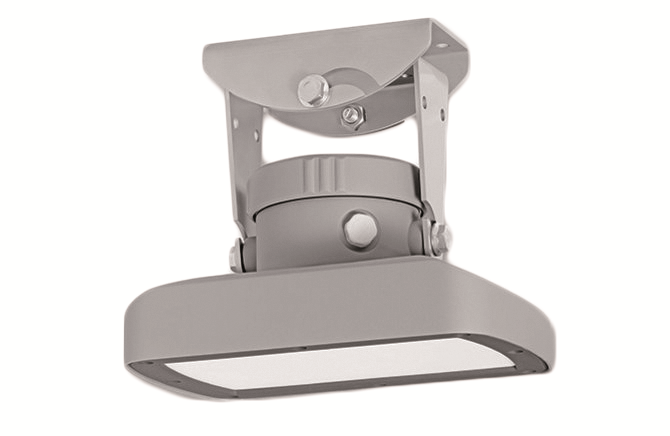
OTT Radar Level Sensor (RLS)
Non-contact level sensor for long term surface water monitoring.
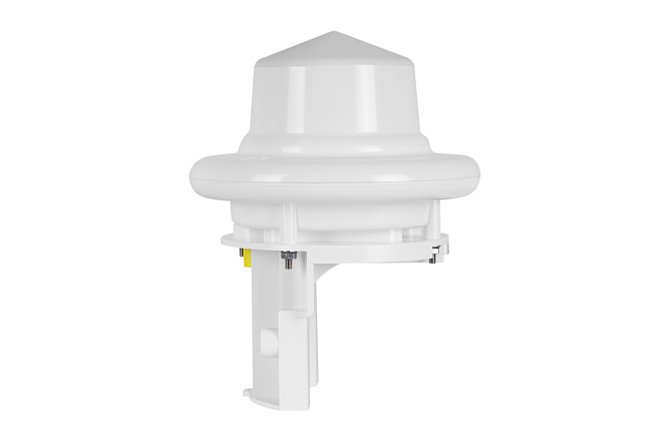
Lufft Smart Disdrometer - WS100 Radar Precip. Sensor
Real-time measurement of liquid and non-liquid precipitation and intensity, and virtually maintenance-free.
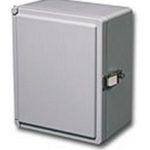
SUTRON NEMA Enclosure - NEMA 4
Water-tight glands, external mounting feet, and seams that are continuously welded.
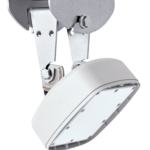
OTT Surface Velocity Radar - SVR 100
Simple, non-contact, compact sensor designed for measuring flow in open channels and rivers.
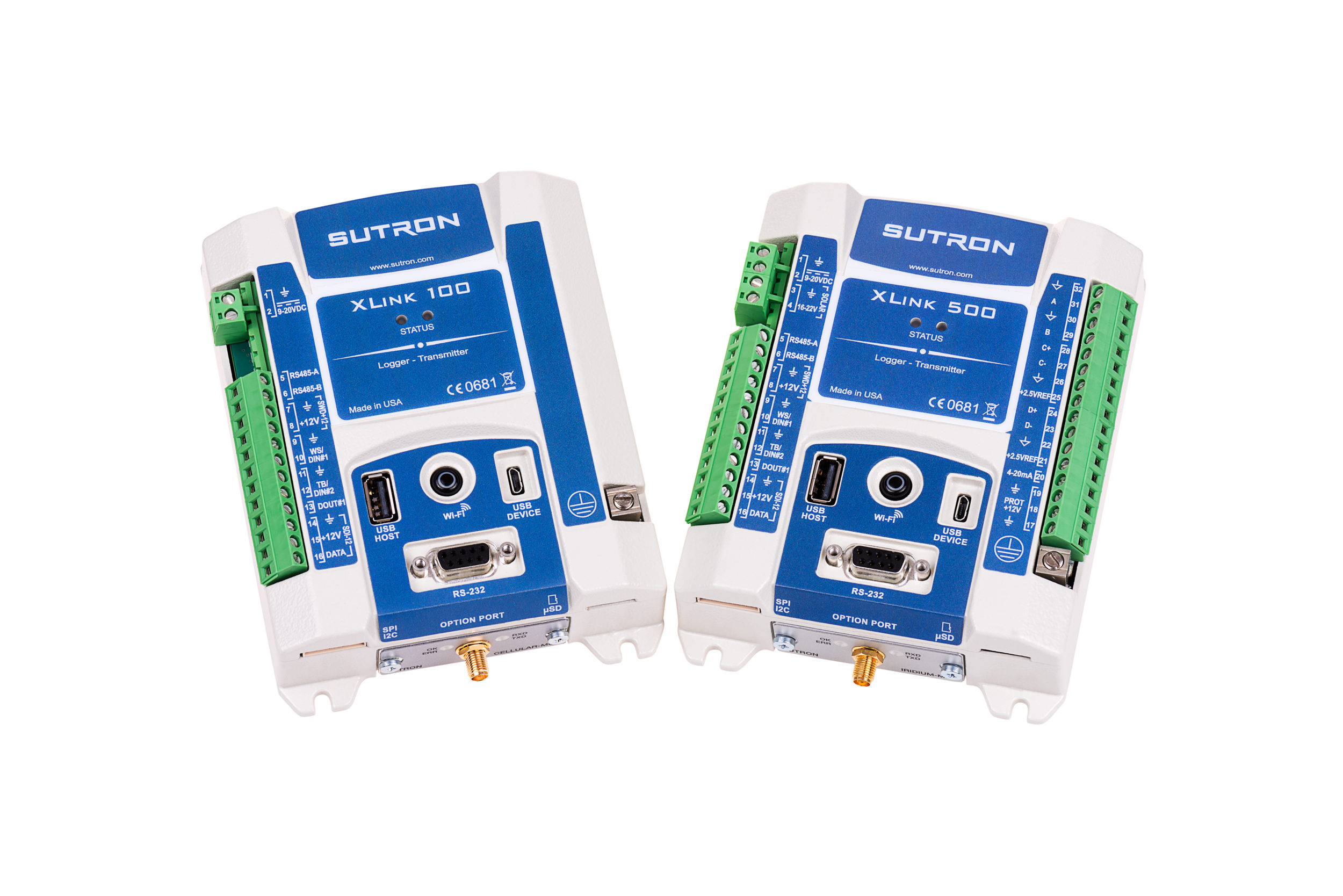
SUTRON Data Transmitter - XLink 500
Multi-Sensor input logger with data transmission via lridium or cellular.
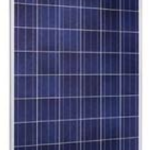
SUTRON Solar Panel - 2 Watts to 120 Watts
Works for a great variety of attachment methods and mounting spaces.
When minutes matter during emergency flood and heavy rain events there’s little time to evaluate. Check out our current resources on flood prevention and flood warning. The resource library contains webinar recordings, white papers, and practical selection guides, so you are always well prepared.

